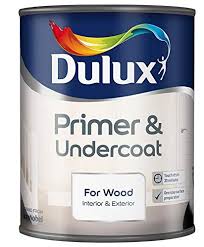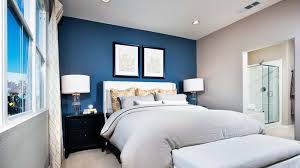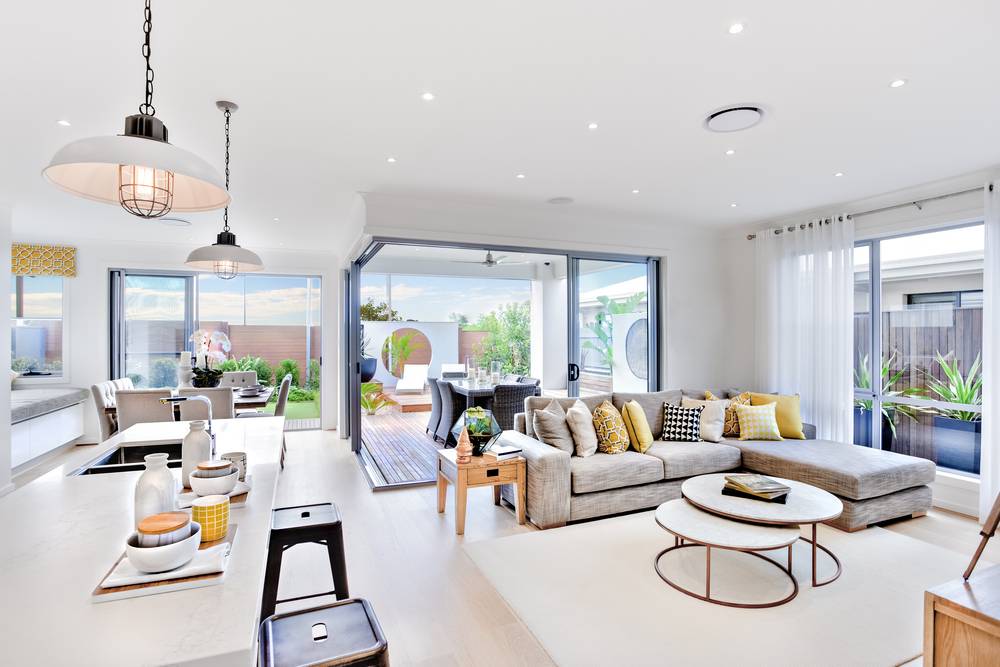Table of Contents
While wall primer is often ignored, it is one of the most significant procedures for both interiors as well as exterior painting. Primer paints show a relationship with the top color coating of the surface and make the rough surfaces smoother. If a freshly painted wall doesn’t turn out to be as perfect and alive as it’s supposed to be, the probability is that the painter has missed out on priming the surface.
What is the primer paint?
Wall primer paint is an out of the ordinary color that goes on before the final coat of paint. Wall primer paints lay the foundation of your paint project and can be used on metal, wood, drywall as well as concrete. No matter if you’re painting the interior or exterior walls, primers make sure that the painting surface has the perfect, consistent texture (slightly crude) so that paint sticks well. Moreover, primers seal up absorbent surfaces and avoid stains and previous paint colors from showing up beneath your paint project. They furthermore assist in smoothening even out walls after you’ve spotted patched and carried out the maintenance.
While the undercoat paint can be applied to already-painted surfaces without making use of an oil-based primer, more often than not, it’s better to prime so that your work is as long-lasting and hard-wearing as it can be. Each time, you work on painted surfaces, priming is essential, particularly if you’re switching paint types. Also, if your paint is cracking, breaking down or if there is a surface dent, priming can do away with any troubles with your paint job.
Primer paint for wood and walls are prepared for interior surfaces, exterior surfaces, metals in addition to the particular tints. Interior primer seals, boost adhesion and create a consistent surface for walls, and the like. Exterior primers reduce cracking and mold growth and look after masonry surfaces to prevent them from alkalinity as well as efflorescence. Exterior primers come in definite formulas for use on wood, masonry as well as metal. Metal primers offer a rigid bond between the surface and topcoat and reduce corrosion. Tinted primers perk up the final result of your painting project. They function together with the finish coat color to improve color accents for an attractive finishing.
Primer Paint Product Images:


Here’s how primer paint looks after your walls and wood furniture.
- First of all, the primer provides excellent one-coat polish.
- A single coat of wall primer in addition to a single layer of usual paint is much better than a double coating with regular paint.
- Wall and wood primer puts longevity forward to your paint project.
- Painting without primer may lead to blotching as well as blistering.
- Primer painting smoothens the coat and covers up blemishes flawlessly.
- Uneven surfaces are, by and large, hard to paint or incapable to uphold the paint in the long run. Thus it becomes inevitable to use primer.


Flawless tips for choosing the Perfect Primer for Your Painting Project
Choosing the right wood and wall primer is an indispensable part of producing perfect painted walls. The primer you select will transform the way the paint puts down on the surface, how the color dries, and a lot more. Failure to prime your walls as it should be can spell blow for your paint project. That’s why we’ve put together some tremendous tips for choosing the right primer for your house.
Evaluate Your Walls and Furnishings
Before you can select a primer for your house, you first need to settle on what your walls genuinely require. For example, walls in bathrooms and basements might need some waterproofing, while kitchens, as well as dining rooms, must be stain-resistant. The kind of primer you require will also depend on the sort of material you’re painting. For example, wood needs a particular type of primer than drywall. However, even new drywall has diverse requirements from formerly painted drywall. Beyond that, exterior primers are a different creature altogether.
Make Out Your End Goal
Some primers comprise of properties that permit them to fill tiny gaps and close up new mud so that your paint doesn’t get sucked into the spaces and turn out rough. Whether you decide to go from dark and glowing colors to vivid, light colors, or you want to mask the finish of the wall below, a high-quality primer will get you most of the way to your painting objective so that your closing coats of paint won’t have to labor as hard. Understanding your final goal in advance will make sure that you choose a primer that is up to the job.
Speak with a professional
Besides knowing the particulars of your paint project, speaking with a paint expert can be a remarkable way to find the perfect primer. They will be able to let you know which brands are most dependable, how long you must expect to let every coat dry, and other significant details that will narrow down your choices.
Check Your Tools
If you are unconfident about what type of brushes or rollers you have, make sure to get suggestions for brushes to go with the primer you had chosen. Or else, you might end up with a shoddy clutter on your hands even if you started with the perfect primer, to begin with.
An exceptional wall and wood primer is the secret to durability
A good quality primer is the secret to long-lasting and even paint, but choosing the right wood and wall primer can be intimidating. There are more than a few different types of primers available in the market, and the type you need would differ from one room to the next. The most exceptional thing to do is take s or make notes of the spaces you are painting and discuss with a professional who can direct you toward the most premium brands for your requirements. The more figures you have to reference, the better your choice will be, and the smoother your last coat of paint will appear.
